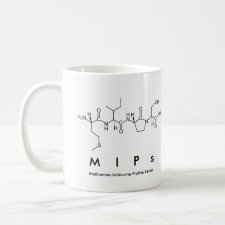
Authors: Yang YQ, Niu H, Zhang HQ
Article Title: Direct and Highly Selective Drug Optosensing in Real, Undiluted Biological Samples with Quantum-Dot-Labeled Hydrophilic Molecularly Imprinted Polymer Microparticles.
Publication date: 2016
Journal: ACS Applied Materials & Interfaces
Volume: 8
Issue: (24)
Page numbers: 15741-15749.
DOI: 10.1021/acsami.6b04176
Abstract: Quantum-dot (QD)-labeled hydrophilic molecularly imprinted polymer (MIP) microparticles were prepared for direct and highly selective optosensing of an antibiotic drug (i.e., tetracycline (Tc)) in pure bovine/goat milks and bovine/porcine serums. "Living" CdTe QD-SiO2 composite microparticles with alkyl bromide groups on their surfaces were first obtained via the one-pot sol-gel reaction, and they were subsequently grafted with a Tc-imprinted polymer layer and poly(glyceryl monomethacrylate) brushes via the successive surface-initiated atom transfer radical polymerizations. The resulting MIP microparticles with QD labeling and hydrophilic polymer brushes could function properly in biological samples and showed obvious template-binding-induced fluorescence quenching, which make them a useful fluorescent chemosensor with limits of detection down to 0.14 μM in complex biological media. Moreover, a facile and effective approach was developed based on a newly derived equation to eliminate the false positives of the fluorescent chemosensor and provide it with wider linear detection concentration ranges in comparison with those obtained using the generally adopted Stern-Volmer equation. Furthermore, the fluorescent MIP chemosensor was also successfully applied for directly, sensitively, selectively, and accurately quantifying Tc in biological media, and the average recoveries were in the range of 95% ~ 105% even when several other drugs and the fluorescently interfering chlortetracycline were present in the samples
Template and target information: tetracycline, Tc
Author keywords: biological samples, chemosensor, Drug detection, Molecularly imprinted polymers, Quantum dots, Tetracycline



Join the Society for Molecular Imprinting

New items RSS feed
Sign-up for e-mail updates:
Choose between receiving an occasional newsletter or more frequent e-mail alerts.
Click here to go to the sign-up page.
Is your name elemental or peptidic? Enter your name and find out by clicking either of the buttons below!
Other products you may like:
 MIPdatabase
MIPdatabase









